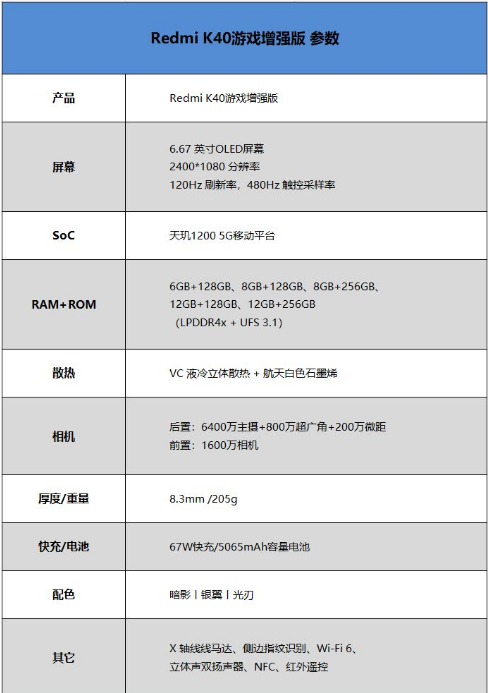通信工程英语
Title: Effective Communication in the Field of Technology
Communication in the realm of technology is not just about conveying messages; it's about ensuring clarity, precision, and efficiency in transmitting complex information. Whether you're communicating with colleagues, clients, or stakeholders, mastering the nuances of technical communication is crucial for success. Here are some key aspects to consider:
1. Clarity and Precision
In the tech industry, clarity is paramount. Ambiguity can lead to misunderstandings, errors, and project delays. When communicating technical information:
Use Clear and Concise Language:
Avoid jargon or technical terms unless your audience is familiar with them. Opt for simple, straightforward language that everyone can understand.
Provide Context:
Help your audience understand the relevance and significance of the information you're conveying. Contextualize technical details within broader objectives or goals.
Define Technical Terms:
If you must use technical terminology, provide definitions or explanations to ensure everyone is on the same page. 2. Audience Adaptation
Understanding your audience is key to effective communication:
Know Your Audience:
Tailor your communication style and content to suit the knowledge level, background, and interests of your audience. What might be clear to fellow engineers could be gibberish to a nontechnical stakeholder.
Anticipate Questions:
Put yourself in your audience's shoes and anticipate the questions they might have. Address these questions preemptively to enhance clarity and reduce confusion. 3. Visual Aids and Documentation
Visual aids can significantly enhance understanding and retention of technical information:
Use Diagrams and Charts:
Complex concepts can often be simplified and clarified through visual representation. Use diagrams, flowcharts, and graphs to illustrate key points.
Create Comprehensive Documentation:
Document technical processes, procedures, and specifications in detail. Wellorganized documentation serves as a valuable reference for team members and stakeholders. 4. Active Listening and Feedback
Communication is a twoway street:

Practice Active Listening:
Pay close attention to what others are saying, and ask clarifying questions to ensure you understand their perspective.
Seek Feedback:
Encourage open communication within your team or organization. Solicit feedback on your communication style and content, and be receptive to suggestions for improvement. 5. Professionalism and Respect
Maintain professionalism and respect in all your communications:
Be Courteous:
Treat everyone with respect and courtesy, regardless of their level of technical expertise.
Avoid Jargon Overload:
While technical terminology has its place, don't overwhelm your audience with excessive jargon. Use it judiciously and provide explanations when necessary. 6. Use of Technology Tools
Take advantage of technology tools to facilitate communication:
Collaboration Platforms:
Utilize collaboration tools such as Slack, Microsoft Teams, or project management software to streamline communication and collaboration within teams.
Video Conferencing:
When facetoface communication isn't feasible, use video conferencing tools to facilitate virtual meetings and discussions.Mastering the art of communication in the field of technology requires continuous effort and refinement. By prioritizing clarity, adapting to your audience, leveraging visual aids, practicing active listening, maintaining professionalism, and utilizing technology tools, you can enhance your effectiveness as a communicator in the tech industry.












评论